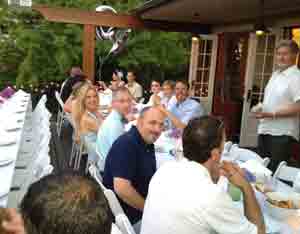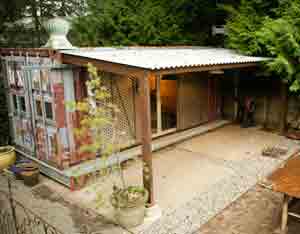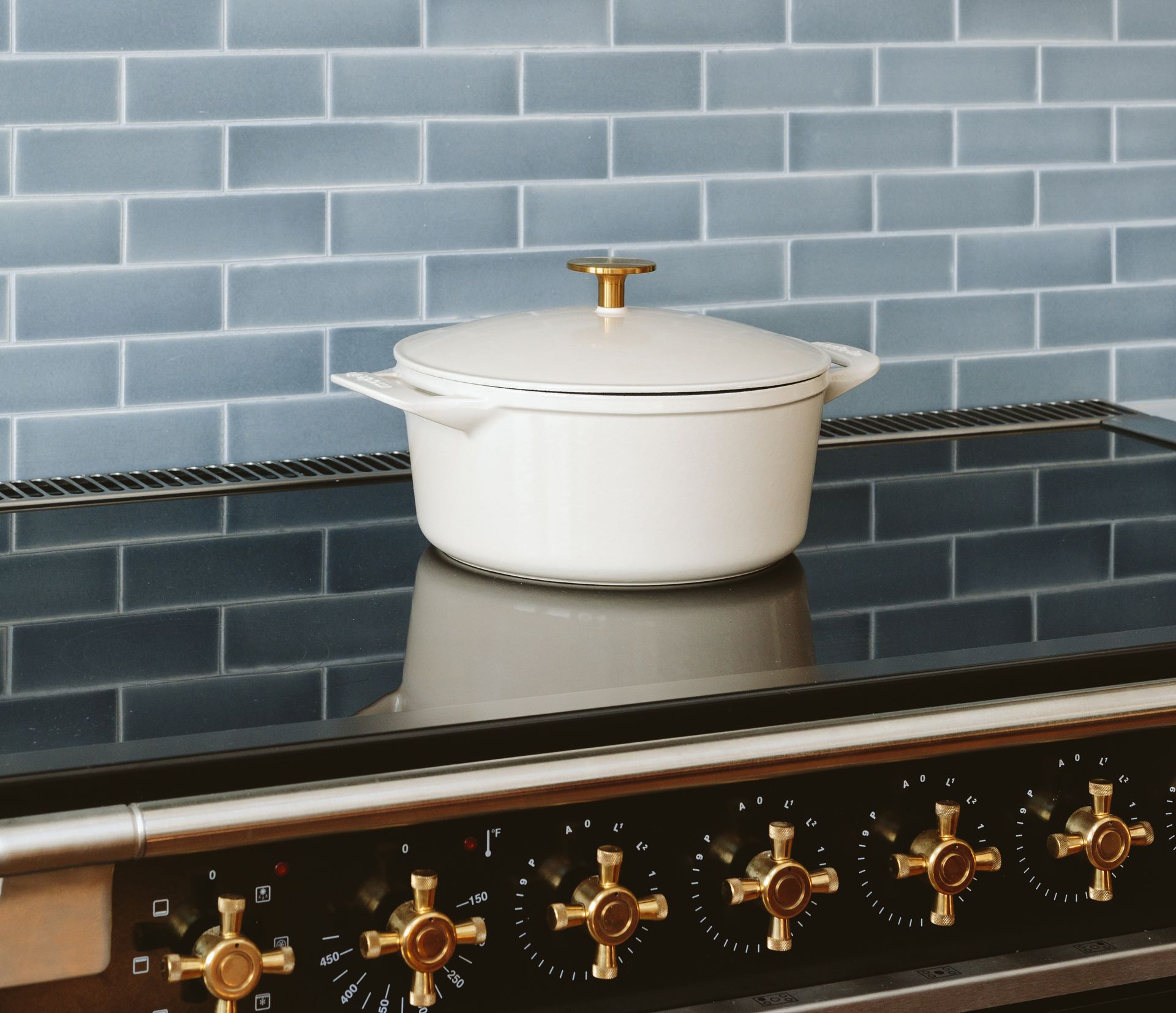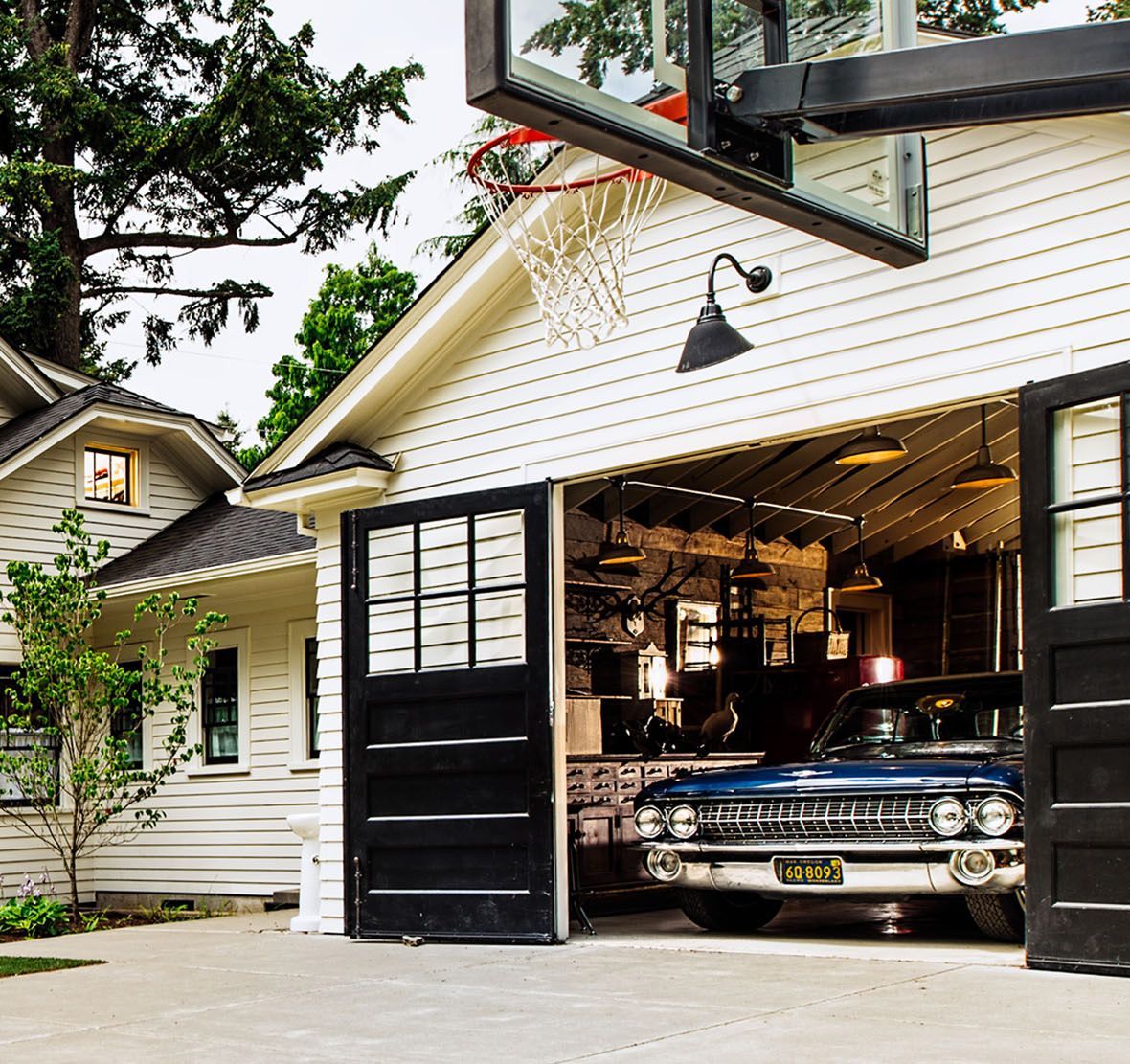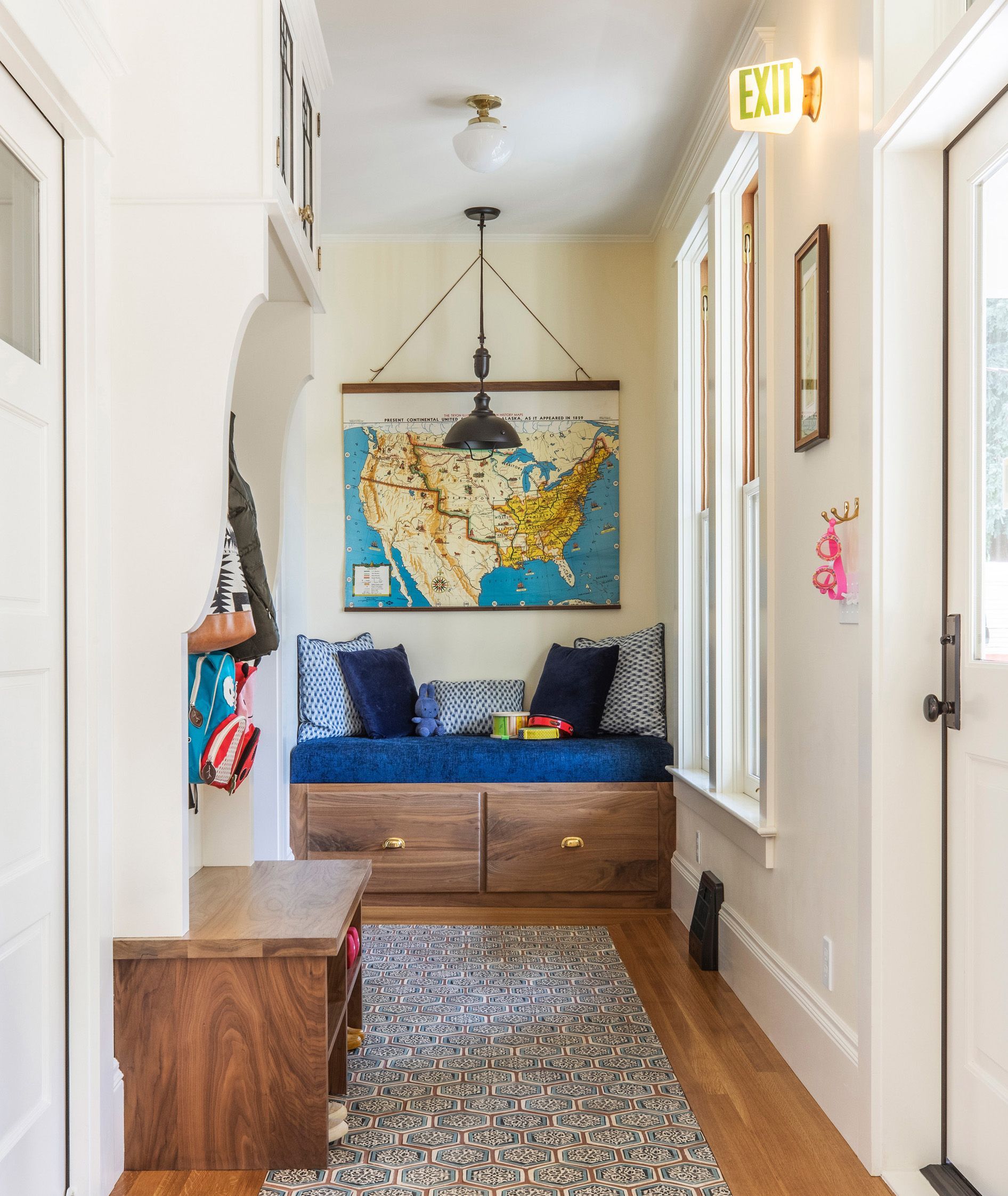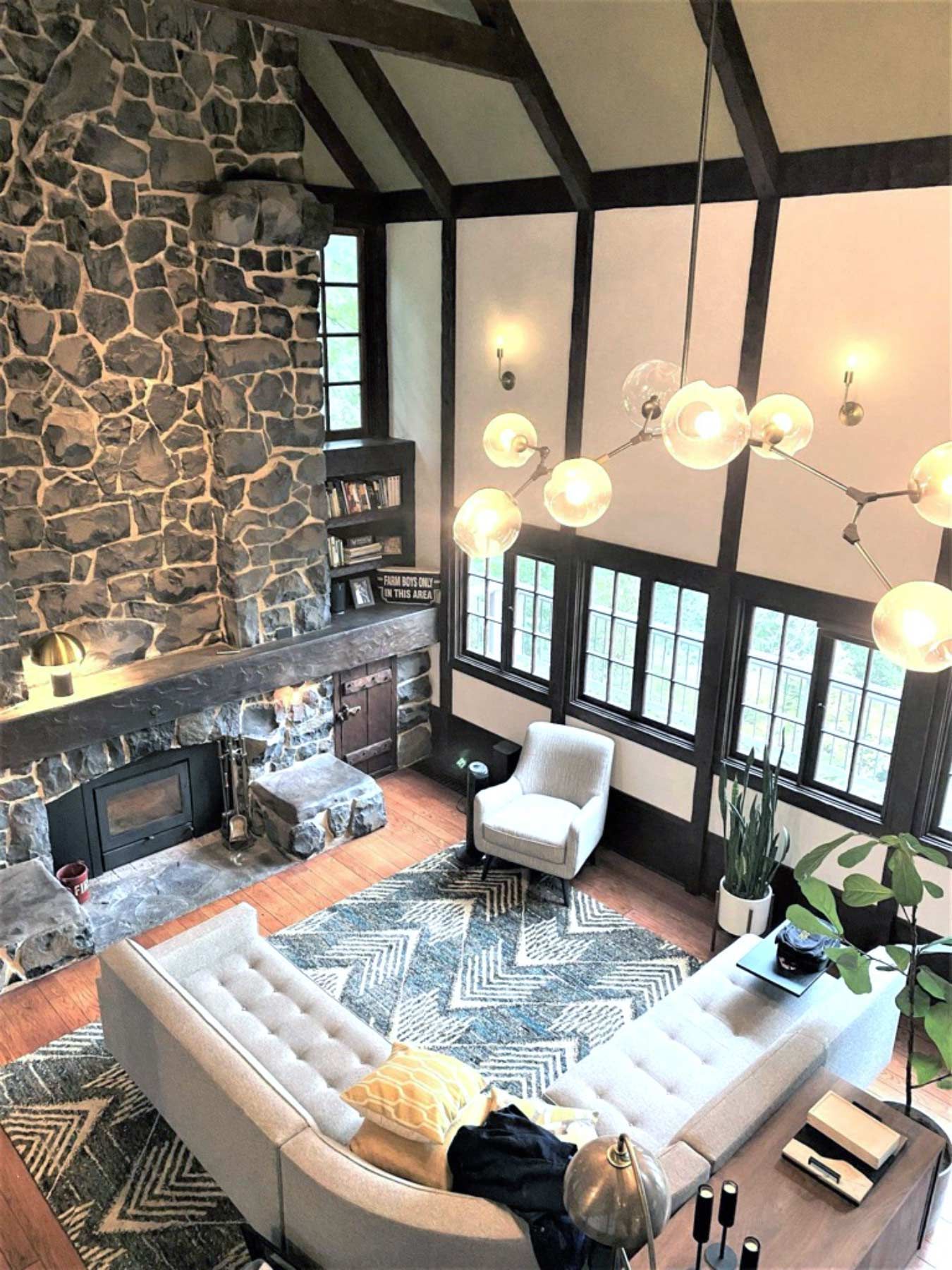Summertime in Oregon
If you’ve lived in Oregon for a while you are probably familiar with our summers. Or our lack of summers. I’m an accountant and a sun slut, so I’m a bit obsessed with when we get our first 80 degree day, if we hit 100, how many times we hit 100, etc. I may have made charts. It ain’t pretty.
Another Oregonian trait is wringing every last bit of summer out of our so-called summer. If it’s not raining too hard, we’re outside. Our patios get a serious workout, even if they’re covered with moss and mildew.
Here’s a question – do you stare out at your patio or deck all winter and imagine changes that would allow you to hang out there more?
( Above are pics of Arciform owner Anne De Wolf enjoying two very different spaces last summer: a client’s deck and her own front porch.)
Maybe if you had a covered area and a fire pit, you would cook outside more?
The Oregonian just showed Toro Bravo chef John Gorham’s fire pit – and it’s not too involved. You could have one of these.
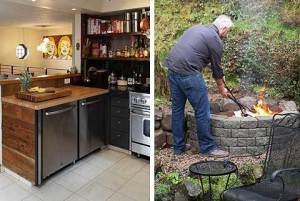 (Check out John Gorham’s indoor kitchen… and his outdoor one. Photo from the Oregonian
by Wendi Nordeck.)
(Check out John Gorham’s indoor kitchen… and his outdoor one. Photo from the Oregonian
by Wendi Nordeck.)
If you had an outdoor kitchen, you would be able to do your canning outside. Hmmm. Maybe you only need an outdoor sink? How about a greenhouse or a potting shed for garden starts? Better lighting to extend your time outside?
The list of possibilities is endless.
Re-vamping your outdoor space could be done more easily than you think. First, you can use salvaged products.
Salvaged bricks, pavers, concrete pieces and gravel can all be combined to make paths, patios and fire pits ( check out this for inspiration ). Mixed metal scrap (bought by the pound) can be used for fill, for pathways, for texture in a patio. An outdoor sink can be found at the ReBuilding center, Rejuvenation, on Craigslist. This one was sitting outside at Rejuvenation:
You can cover the sink with an awning made of salvaged wood, and perhaps leftover roofing tile. Salvaged doors and windows can be used to make a potting shed, a greenhouse or part of your outdoor kitchen. Salvaged industrial grids are excellent for pathways in muddy areas – these grids are designed to minimize slipping. Filled with gravel they are a thing of beauty in a muddy area.
Also, an important point to remember with salvage is that availability is often more important than a preconceived idea.
If your neighbor is pulling up her concrete driveway, take the pieces. The universe might be telling you to have a broken concrete pathway. If someone has a pallet of bricks to give away or for sale at a good price, that’s the universe telling you to consider a brick fire pit or patio. I find the universe speaks to me a lot if pay attention to the words “free” or “cheap”. For example, the container below was sitting on a 500 square foot b-ball court. By cutting out concrete sections and filling them in with gravel, plus adding a step the length of the container (using leftover material), an ugly old piece of concrete became a nifty hang-out space.
(FYI – rounds of wood from cut branches or stumps would also make cool fill – see this pin )
And then the cut-out concrete pieces were used to make a path to the sauna (excuse the yard – it has not yet been re-seeded):
(Also note the metal grid pathway on the right in the above pic – this is great for muddy areas in the garden.)
How to start?
Easy – Arciform can help with every stage of your outdoor space. First, the designers (Kristyn and Anne) can take a look at what you have going on now and help you see what it could be. They can advise about what materials can be saved and reused versus scrapped. For example, this sauna structure was made from lumber salvaged from my ripped out deck. The roof was material left over from another Arciform project (thank you Arciform!)
The designers will get you a set of plans. You can start shopping, and if that’s a hurdle for you, Arciform can also help you shop for new or salvaged goods. And then, of course, there are the guys – the wonderful Arciform crew that will make it all happen.
What do you think? Do you want to get started? Remember, getting started does not mean uprooting your yard this summer. If you want to, no worries. (I started with plans for a new deck last spring and it was my summer project.)
However, you can also start with the plans now, spend next winter gathering materials, and get that deck patio / deck / outdoor space done by summer of ’14. Just sayin’.
About Nancy Ranchel
Nancy is an accountant who offsets the practicality of her day job with extravagant and outrageous remodeling projects, often involving massive amounts of scrap metal. In her free time she can be found dreaming up new ways to turn her house into an art installation, digging through scrap heaps, and contemplating a world without plastic. Check out Nancy’s blog here: www.replaceinpdx.com/
See More Stories

